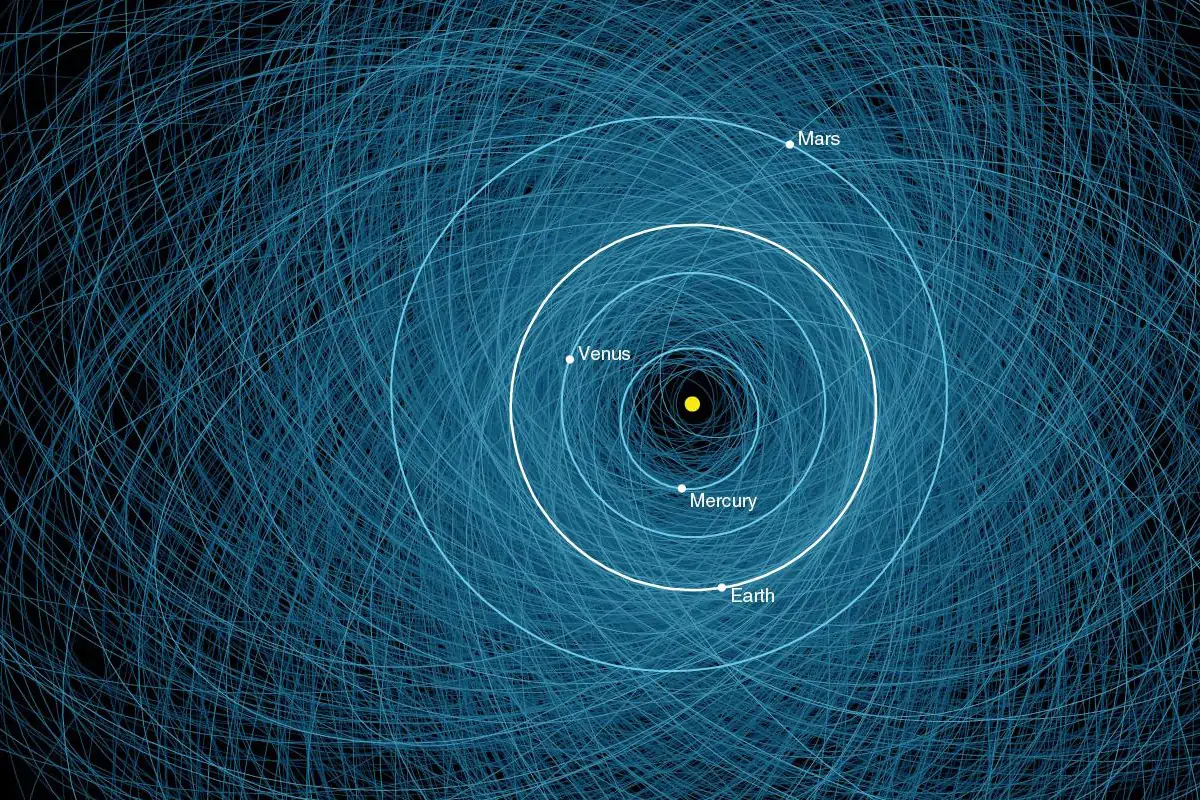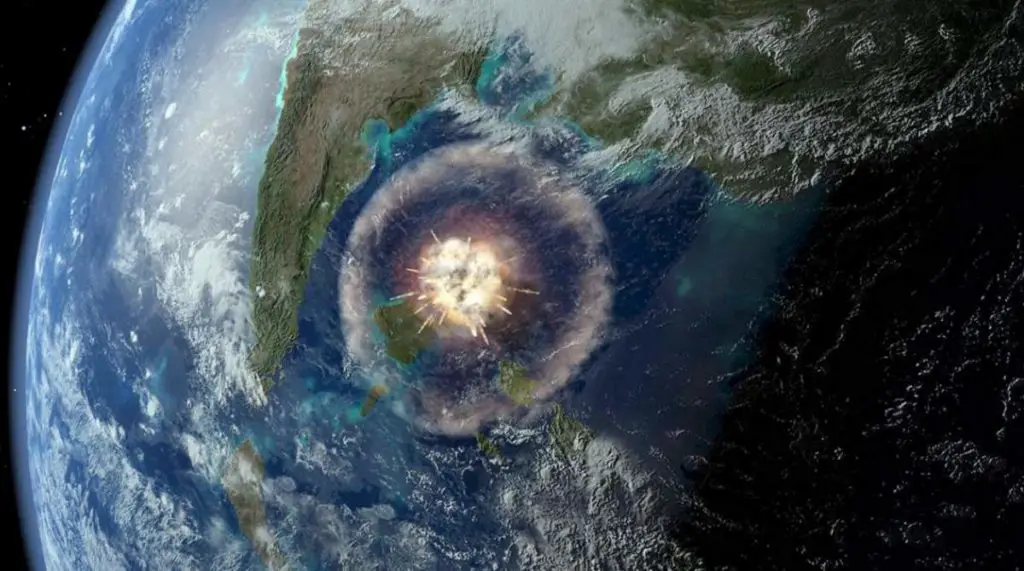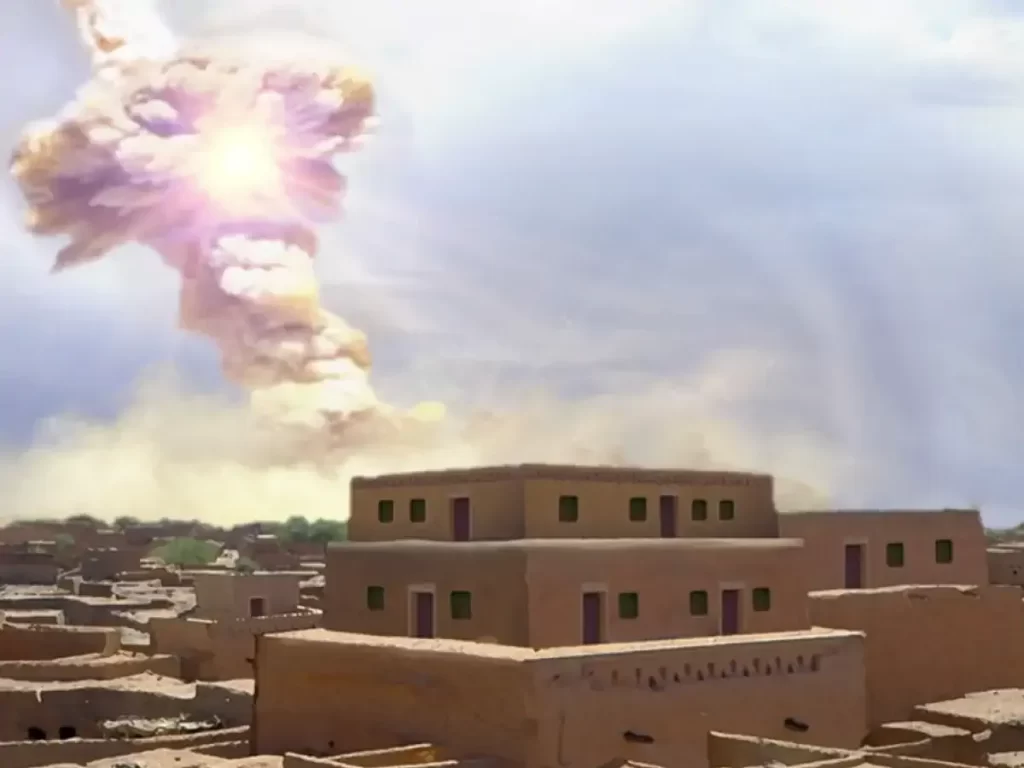NASA has published a disturbing image of the orbits of potentially hazardous asteroids on the APOD (Astronomy Picture of the Day) website. The image shows the orbits of the asteroids which are more than 140 meters (450 feet) across and will pass within 7.5 million kilometers (4.66 million miles) of Earth. If hits, a space rock that big could wipe out the entire human race from the Earth.
In our solar system, there are millions of space rocks known as asteroids. Ranging in size from a few meters to hundreds of kilometers.
Around 66 million years ago, an asteroid with a diameter of at least 10 kilometers (6 miles) impacted a few miles from the present-day town of Chicxulub in Mexico at around 64,000 kilometers per hour (40,000 mph).
The impact triggered a chain of events that wiped out three-quarters of the plant and animal species on Earth, including non-avian dinosaurs.
It is not uncommon for asteroids to hit Earth. In fact, not only Earth, ever since the planets first formed, they have been bombarded with space rocks.
But, fortunately for us, events like the Chicxulub impact are rare. Asteroids with a 1-kilometer (0.62 mi) diameter strike Earth every 500,000 years on average. But that doesn’t mean we are totally safe.
As you can see in the image published by NASA below, there are thousands of known potentially hazardous asteroids in our solar system.
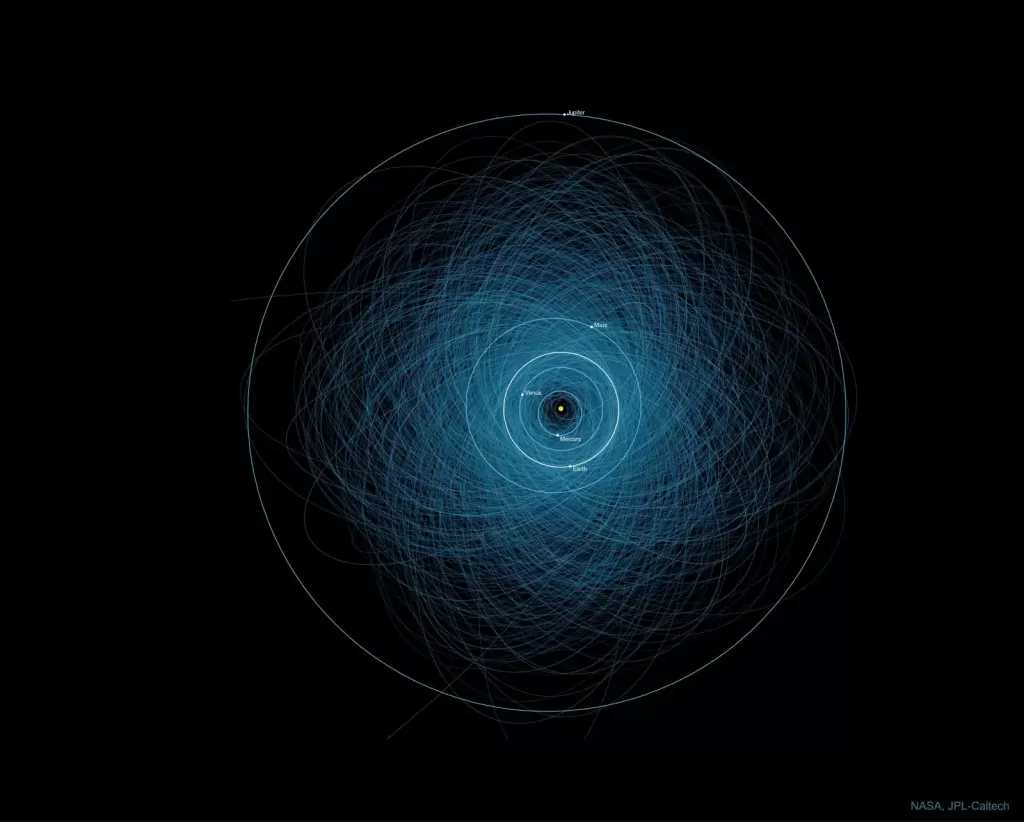
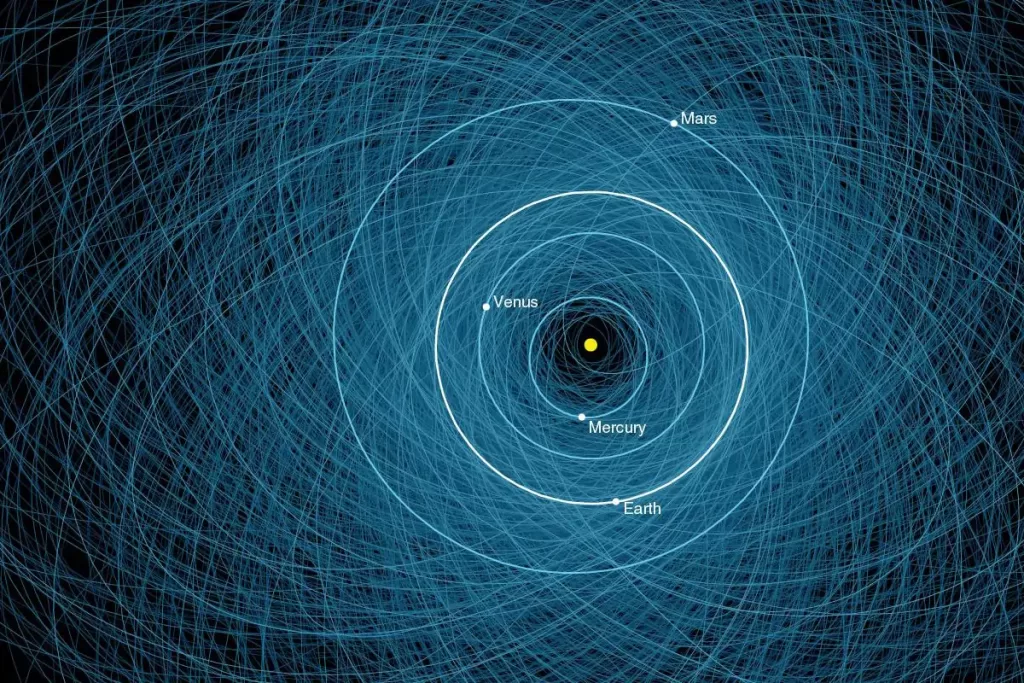
The orbits of potentially hazardous asteroids
From the image explanation on the APOD website:
Are asteroids dangerous? Some are, but the likelihood of a dangerous asteroid striking the Earth during any given year is low. Because some past mass extinction events have been linked to asteroid impacts, however, humanity has made it a priority to find and catalog those asteroids that may one day affect life on Earth.
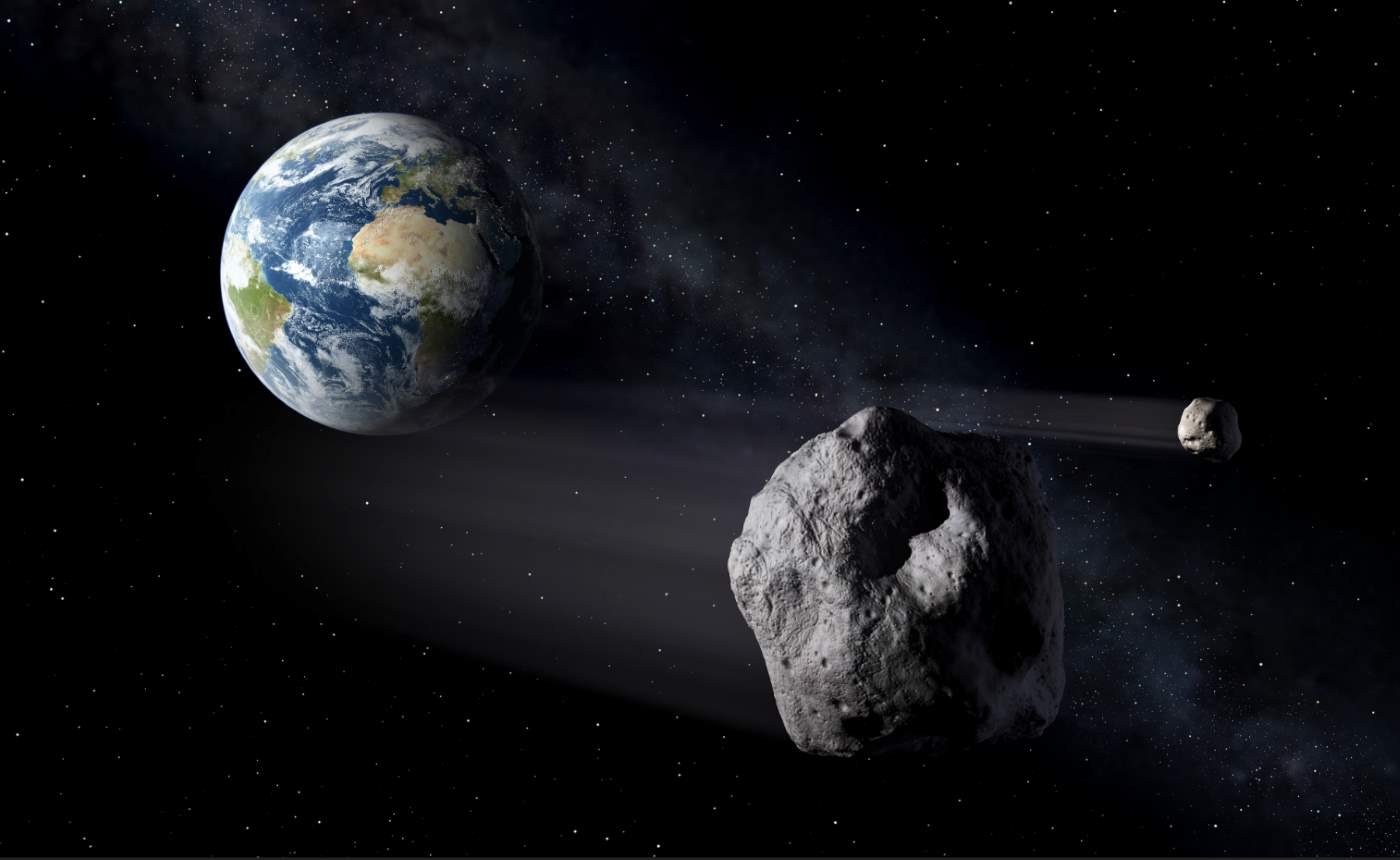
Pictured here are the orbits of the over 1,000 known Potentially Hazardous Asteroids (PHAs). These documented tumbling boulders of rock and ice are over 140 meters (450 feet) across and will pass within 7.5 million kilometers (4.66 million miles) of Earth — about 20 times the distance between Earth and the Moon.
Although none of them will strike the Earth in the next 100 years — not all PHAs have been discovered, and past 100 years, many orbits have become hard to predict. Were an asteroid of this size to impact the Earth, it could raise dangerous tsunamis or even megatsunamis, for example. To investigate Earth-saving strategies, NASA’s Double Asteroid Redirection Test (DART) is planned for launch later this year.
Of course, rocks and ice bits of much smaller size strike the Earth every day, usually pose no danger, and sometimes create a memorable fireball and meteor displays.
What is a potentially hazardous asteroid?
In general, a potentially hazardous object (PHO) is a near-Earth object. It can be either an asteroid or a comet. They have an orbit that can make exceptionally close approaches to the Earth and are large enough to cause significant regional or even global damage in the event of an impact.
Most of these objects are potentially hazardous asteroids (PHAs), defined as having a minimum orbital intersection distance with Earth of less than 0.05 astronomical units (19.5 lunar distances) and an absolute magnitude of 22 or brighter.
Sources
- “Orbits of Potentially Hazardous Asteroids” on the NASA APOD (Astronomy Picture of the Day) website
- Moon Landings: All-Time List [1966-2025] - February 2, 2025
- What Is Max-Q and Why Is It Important During Rocket Launches? - January 16, 2025
- Top 10 Tallest Rockets Ever Launched [2025 Update] - January 16, 2025
